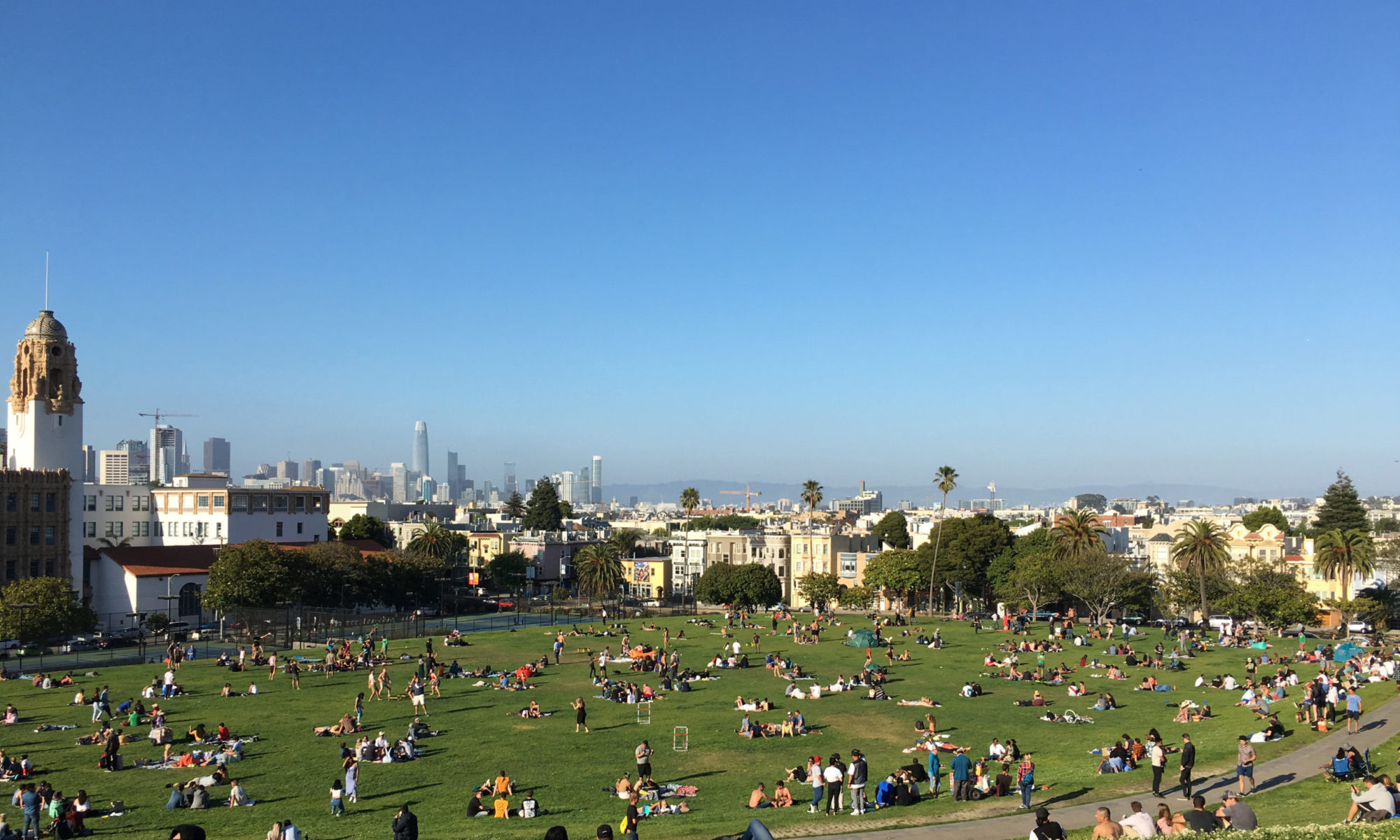In recent months, we have seen significant job gains in the Bay Area and unemployment falling to a low 3.4%, comparable to pre-pandemic days. But just as we were looking forward to financial relief for those who lost their jobs and livelihoods during the pandemic, we face another roadblock to affordable housing – inflation.
Inflation has reached 8%, a 40-year high. Inflation cuts into earnings for all workers but has dire consequences for low and middle-income earners. A family that could barely pay for food and housing may no longer be able to meet its basic needs and is thrown back into poverty. Those who don’t have the luxury to work at home may find that the increasing gas prices have left less for food and housing. But inflation is not just about higher gas prices or going to the store and finding that your milk and bananas are a couple of dollars more than you expected – inflation also makes things a lot worse for those seeking affordable housing.
We have heard of the stories of skyrocketing home prices during the pandemic, especially in places like Tampa, Florida, and Austin, Texas, which saw yearly appreciation of 43% and 40%, respectively. Though rising interest rates have reduced the numbers of those seeking homes, sellers still don’t have many incentives to lower prices because one house still receives many offers due to lack of supply. The scarcity of housing also drives up the rental costs, with rents increasing nationally by 15.2% on average. 48 out of 50 states saw overall rental increases, with increases as high as 35% in Austin, Texas, and 39% in Portland, Oregon. These increases would be acceptable if incomes grew at the same rate, but lower-income workers’ paychecks have not even remotely kept pace. As a result, affordable housing has become even more out-of-reach. A popular option for thrifty home buyers had been to purchase a fixer-upper, a cheaper home that needs work. But even this is becoming a less attractive choice as inflation increases costs for materials, and supply chain issues make materials challenging to attain.
The solution to the housing plight is and has always been to increase the supply of affordable housing. As we have explored in a previous post, the Association of Bay Area Governments (ABAG) has assigned Bay Area cities the task of building 441,000 new homes and apartments between 2023-2031. Chances are slim they will be able to meet this goal, with a quarter of the cities protesting their quotas for various reasons. Such an enormous task will naturally receive opposition; there is limited space for the many who need affordable housing in the Bay Area. But the mandate is an essential step toward something we have waited a long time for – action.


